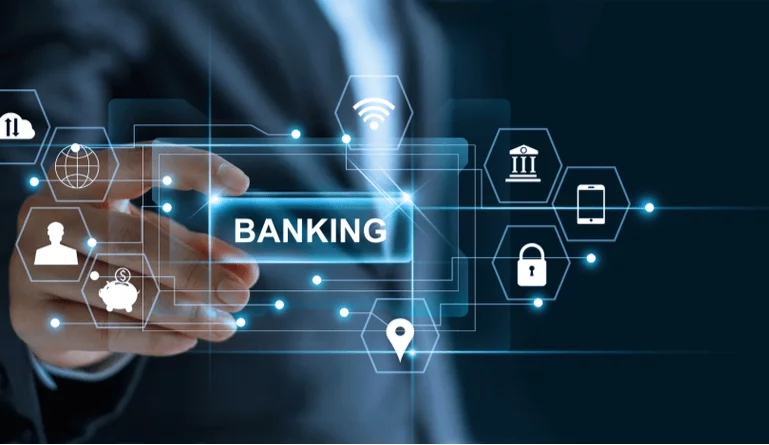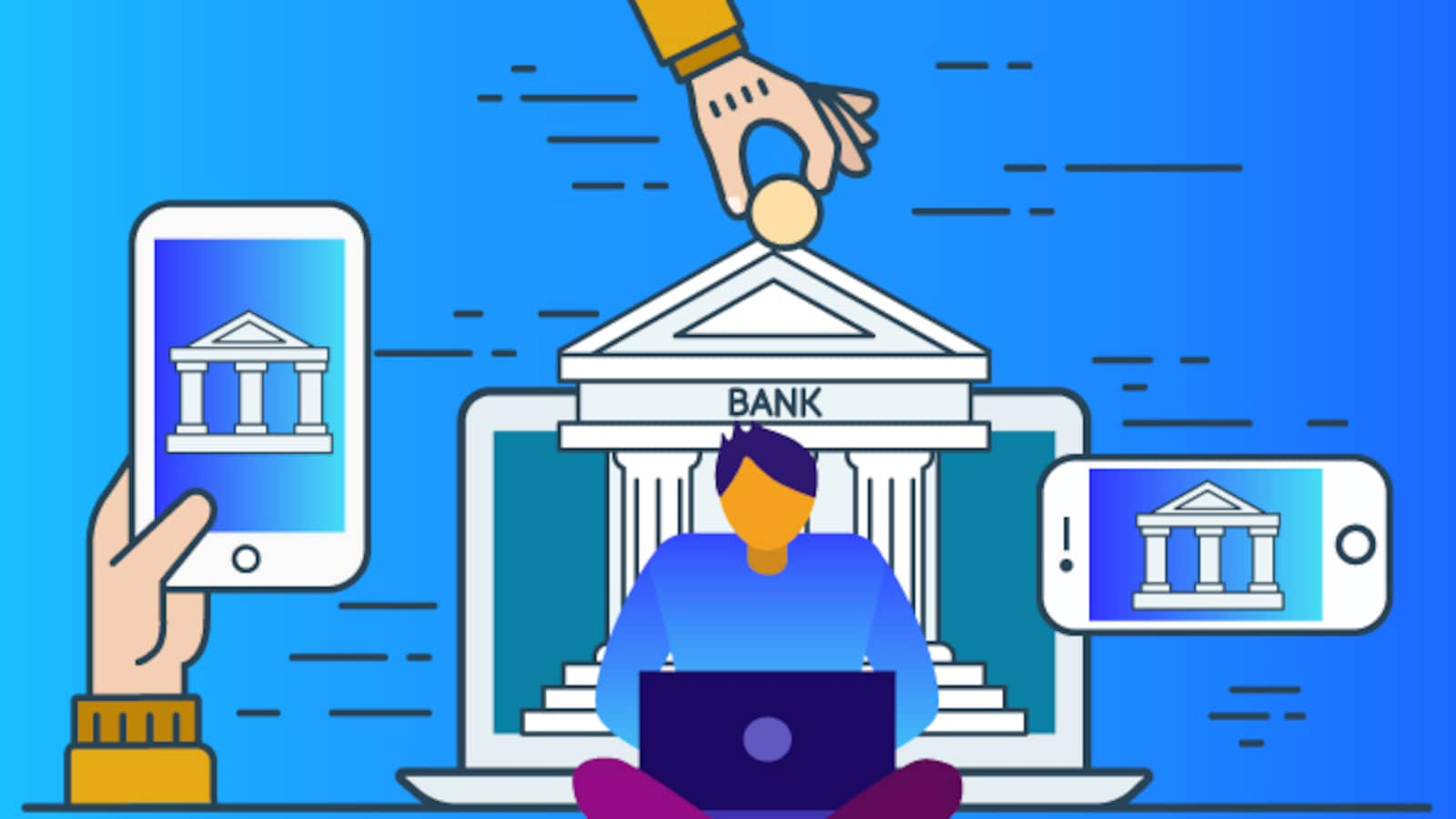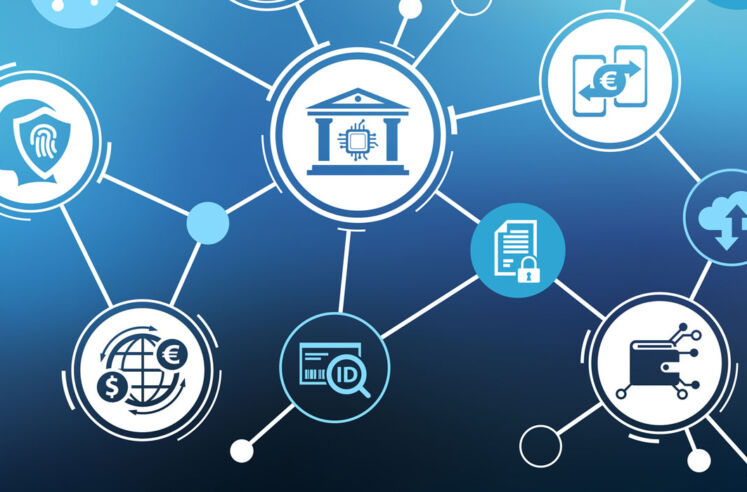In a few years, how will the Indian banking sector look?

Customers of banks have traditionally simply demanded the bare minimum from them, including the protection of their funds, the payment of interest, and other standard instruments for managing their money. Because of this, banks lacked the will to innovate, which resulted in a mostly unchanged banking experience for the typical client. However, the current explosion in fintech innovation and rising internet usage have drastically changed client expectations, which has changed the direction and rate of change in the banking and financial services sector.
Two tendencies that have fueled one another make this clear, Indian neobanks have experienced a rapid increase in user adoption over the last few years. Over two million accounts were established for the money management software Fi Money this year, while Niyo, Razorpay, and Jupiter also saw exponential user growth. In addition, the industry had a 5x increase in financing last year and is predicted to reach $215 billion by 2030, according to research by EY. These patterns point to a market that is ready for change.
To further grasp what this level of upheaval may mean for the future of banking in India, let’s look at some previous patterns in the financial industry. Before UPI, bank clients had to endure the time-consuming IMPS and NEFT procedures for online transactions, and only a tiny percentage of the population had access to them. The statistics after the UPI revolution spoke for themselves. The digital payments network enabled 19.65 billion transactions worth Rs 32.5 lakh crore from July to September.
The capital markets in India saw a similar pattern. Investors formerly had to rely on brokers and specialists, who charged high fees for their services. However, a dramatic increase in discount brokerages’ popularity has made it possible for more Indians than ever before to profit from the capital markets, as the number of Demat accounts increased 37% yearly to reach 10.7 crores as of November.
These patterns clearly show the necessity for practical digital banking and financial solutions. Additionally, it demonstrates how advancing customer expectations may keep up with or even surpass the rate of fintech innovation. What will drive the upcoming cycle of innovation and expectations is the question facing the banking industry.
Hyper-personalization is the process of customizing goods and services to each user’s unique requirements and objectives via the use of technology and analytics. An inventive neobank may create financial services that are specifically catered to a user’s wants based on its understanding of their financial situation. Such a bank will serve as a financial assistant, taking care of everything in the background—from payments and loans to investments and insurance—allowing customers to concentrate on matters that are more significant to them.
A mortgage loan, for instance, is crucial when purchasing a property. Soon-to-be homeowners could concentrate on making their new house a home by letting a bank that provides highly personalized services search for the best options and lowest interest rates available and determine the best repayment schedule based on its understanding of the user’s overall financial situation. As applications like Fi Money have already created AI-based financial assistants like AskFi, capable of tracking a user’s money across bank accounts to give in-depth insights into their financial behavior, these services are not too distant in the future.
Neobanks are leading the charge in streamlining laborious banking procedures. It now just takes a few minutes on your phone to create a bank account online, as opposed to the previous need of a trip to the branch and at least five different pieces of documentation. The central KYC registry and the Account Aggregator (AA) architecture, which allow customers to digitally share their financial and identification data with the institutions of their choice, have eliminated the need for physical document verification. Lending is one of the few financial processes that need physical evidence on many levels. Credit services built on the AA architecture may offer a fully digital credit evaluation approach.
Loan agreements, which often need stamp paper and several other physical papers, may be completely paperless thanks to the National e-Government Services (NeSL). The whole credit application procedure, from business loans to mortgages, will be fully digitalized as a result. Personal loans that are quick and paperless are already offered by apps like Fi Money. Soon, these services could also include mortgage coverage.
Hyper-personalization will raise the value and efficacy of these digital banking and financial services for consumers, even while the convenience of digital financial goods has helped to expand access to financial services. Any friction between financial services will disappear with a truly paperless experience. Neobanks will continue to pioneer a seamless banking experience as the next revolution in the never-ending cycle of innovation and expectations is ushered in by their hyper-personalized and entirely digital offerings.
India’s future is digital banking
Digital banking in India appears to have a bright future. If we had to look back to see which sectors had emerged in the previous two years, it would seem that the fintech sector, particularly the digital banking sector, had seen the most significant changes. Additionally, research indicates that by 2028, the Indian digital banking platform market, which had a value of $776.7 million in 2021, will have generated $1485.5 million in revenue thanks to a CAGR of 9.8%.
The epidemic is the first thing that immediately comes to mind. Everyone started using more digital platforms as a result of the pandemic’s widespread digitalization of many businesses. Customers were further tempted to utilize them by the simpler payments, personalized help, and quicker turnaround times that resulted from this.
India has one of the largest markets for smartphones as well. Low internet costs have only increased the use of digital platforms and mobile apps for work-related purposes. More people are projected to utilize the internet and more smartphones in India, which is predicted to increase demand for all-in-one banking systems and drive the industry ahead. With the alternatives available to consumers, they can choose to continue with either traditional banking or digital banking, even if there are obvious distinctions between the two.
We need to look at India’s past to understand where digital banking is going. Although the majority of the nation’s well-known banks have a digital presence, they are not without their share of difficulties.
Traditional banks with a banking licence are required to have a specified number of branches, in accordance with RBI regulations. This makes the installation of bank branches in various locations necessary. Large banks must spend a lot of money on maintaining these buildings and covering employee salaries. This makes it far more difficult to manage and operate the websites for these banks. The upkeep of traditional banks’ offline facilities continues to be expensive. For the maintenance of these locations, a sizable quantity of money must be put aside. As a result, one of the more obvious benefits of digital banking—higher interest rates and reduced costs—are lessened.
Neobanks nevertheless face several challenges despite being able to provide greater interest rates and reduced costs due to their online-only presence. The primary issue with neobanks is that they aren’t true banks. In reality, neobanks are financial institutions that lack a banking license and are not under the RBI’s direct control. This implies that they are unable to provide certain financial services like loan disbursement or credit card issuance.
One clear challenge in the future of digital banking is how to handle customer complaints. Some people still struggle to believe in mobile banking applications. In contrast to a traditional bank, if a dispute arises and they are unable to reach a support executive, they are unable to attend a physical location to resolve their concerns. To get around the issue with RBI restrictions, neobanks have started working with banks that are governed by the RBI. As a result, they are able to offer greater financial services, which also makes it simpler for the average individual to trust these organisations.
The RBI has made suggestions that it may regulate neobanks. There are debates about awarding these banks licenses for digital banking as well as placing them under the direct supervision of the RBI. Guidelines for digital lending and bank-fintech collaborations have been released by the RBI.
The desire of its customers may be the main driver of the expansion of digitalization in the Indian banking sector. Users are seeking a variety of banking options as technology develops. Young people who are technologically aware have become accustomed to services that may be obtained by merely clicking a button. Neobanks also follow a different path since they incorporate elements that customize a user’s banking experience rather than providing them with a one-size-fits-all response to their problems.
The COVID-19 epidemic has made it more urgent than ever to digitize most services, including banking. As a result, during the past two years, neobanks and digital banking platforms have proliferated rapidly. Due to increased competition brought on by the abundance of new neobanks, the digital banking industry has experienced tremendous development. Since the virus’s introduction, a lot of focus has been placed on using UPIs and other cashless payment methods.
It is difficult to predict if conventional banks will become obsolete. The elder generation may have a tougher time adjusting to digital banking since they are more accustomed to traditional banking services. The transition to a more digital financial system, however, is inevitable as time passes. Digital banks are, after all, simpler to open and use daily.
edited and proofread by nikita sharma




